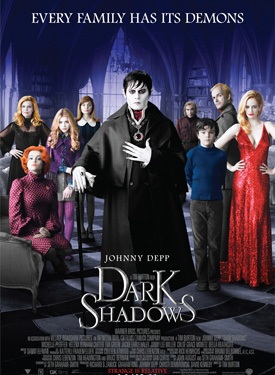 Dark Shadows/2012/Warner Bros. Pictures, Tim Burton Productions/113 min.
Dark Shadows/2012/Warner Bros. Pictures, Tim Burton Productions/113 min.
A vampire may be able to live on blood alone, but few movies can exist on camp alone. As much as I was hoping to enjoy Tim Burton’s much hyped and highly anticipated “Dark Shadows,” I found it disappointing.
On the plus side, Dark Shadows” looks slick and gorgeous – the art direction, cinematography, set decoration and special effects are spot on. As always, charismatic Johnny Depp is fun to watch. The character he inhabits here is Barnabas Collins, born in Liverpool in the mid 1700s. The Collins family acquires wealth and power not to mention an imposing mansion in their namesake city of Collinsport, Maine.
When Barnabas grows up, he crosses the wrong woman. Angelique Bouchard (Eva Green) is a witch, who turns Barnabas into a vampire and buries him alive. Two centuries later, Barnabas is freed from his tomb and walks into a world of hippies, macramé and mini-skirts. This is 1972. It’s hard to be lord of the manor, though, when the manor is falling apart and Angelique wants to reignite their dangerous romance.
The rest of the ragtag Collins clan includes Elizabeth Collins Stoddard (Michelle Pfeiffer), Carolyn Stoddard (Chloë Grace Moretz), Roger Collins (Jonny Lee Miller), David Collins (Gulliver McGrath), live-in psychiatrist Dr. Julia Hoffman (Helena Bonham Carter) and groundskeeper/butler Willie Loomis (Jackie Earle Haley). Bella Heathcote plays the newly recruited governess, Victoria Winters, and Barnabas’ true love from the past Josette DuPres.
But somehow these characters never really get off the ground nor do they jell as a “strange family.” This random crew, despite their fetching costumes and makeup, seems purely the result of stunt-casting. They aren’t given much to do besides exchange arch looks (Moretz does some good lip curls) and roll their eyes at Barnabas.
There’s minimal effort to develop these characters; for example, the attempt to delve into Victoria’s past (she was institutionalized as a child) feels supremely clumsy. And there’s little attention paid to why any of this is happening other than you know that the movie itself is a remake of “Dark Shadows,” a popular daytime TV soap opera that ran from 1966-71.
The bland and feeble script from Seth Grahame-Smith creaks along with Barnabas remarking on child-birthing hips and unshaven young people, ie hippies. To liven things up, the Collinses throw a ball and hire Alice Cooper to perform. Barnabas declares that Alice is the most unattractive woman he’s ever seen. Were these jokes layered into an actual story, they would be fun but, by the time Cooper appears, the anachronistic humor is wearing pretty thin.
There is supposed to be a love triangle between Barnabas, Angelique, the icy-blonde bad girl and wide-eyed good girl Victoria. Green does an excellent turn as the powerful, alluring femme fatale. But there’s no tension – Barnabas seems strangely detached from both of them – and Angelique’s hell-hath-no-fury antics grow as tedious as the ’70s jokes.
I wasn’t familiar with the TV series (created by Dan Curtis, it starred Jonathan Frid as Barnabas and film-noir great Joan Bennett as Elizabeth), but one of its strengths was fusing low-key campiness and spooky-goth atmosphere. Burton’s anemic version sorely lacks on the eerie/creepy/scary front.
Though Depp is at his best here, to watch and truly enjoy him for almost two hours would require that he not be completely covered up in top coat and breeches.
“Dark Shadows” opens today nationwide.
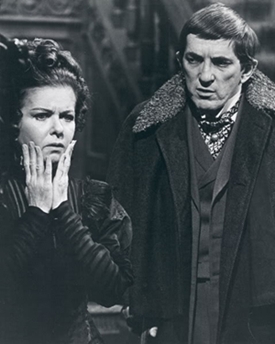





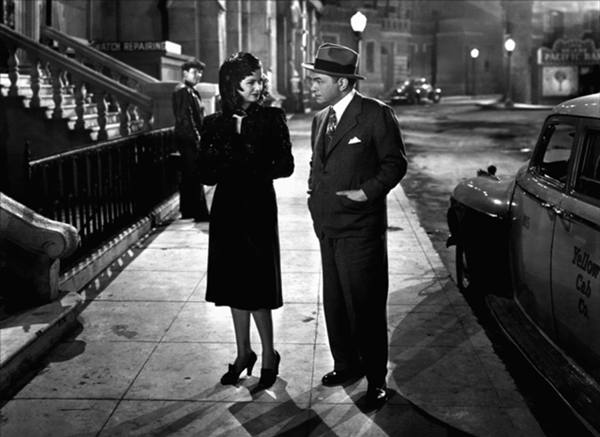
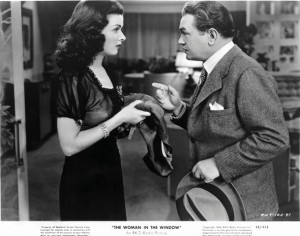
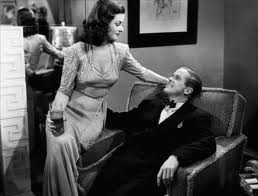






From FNB readers